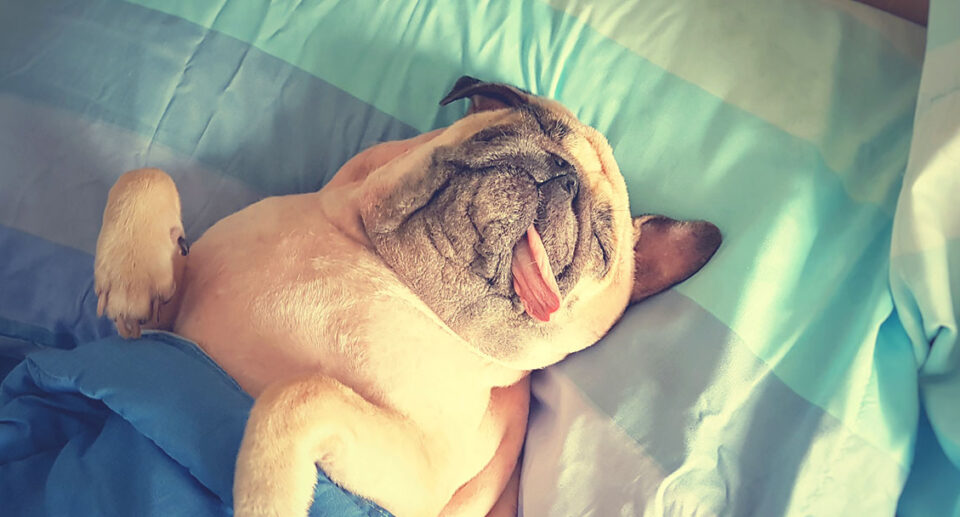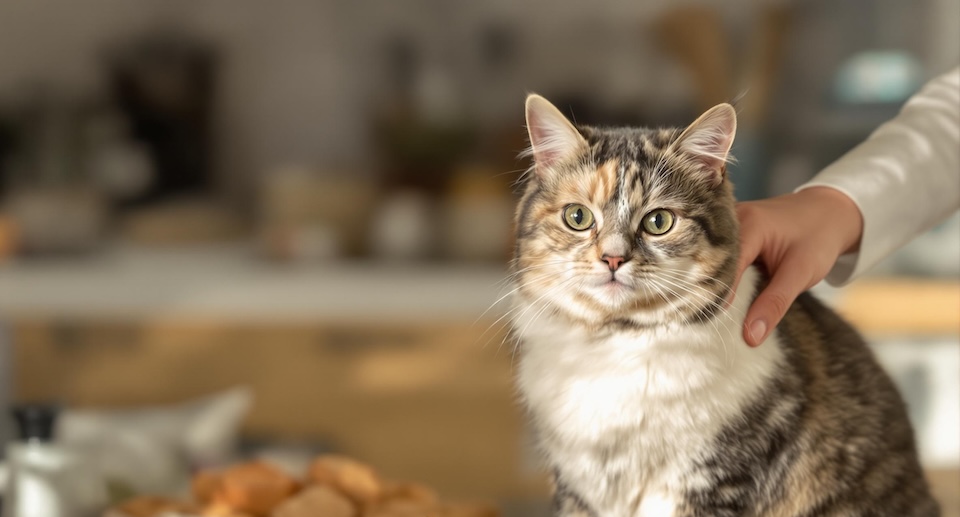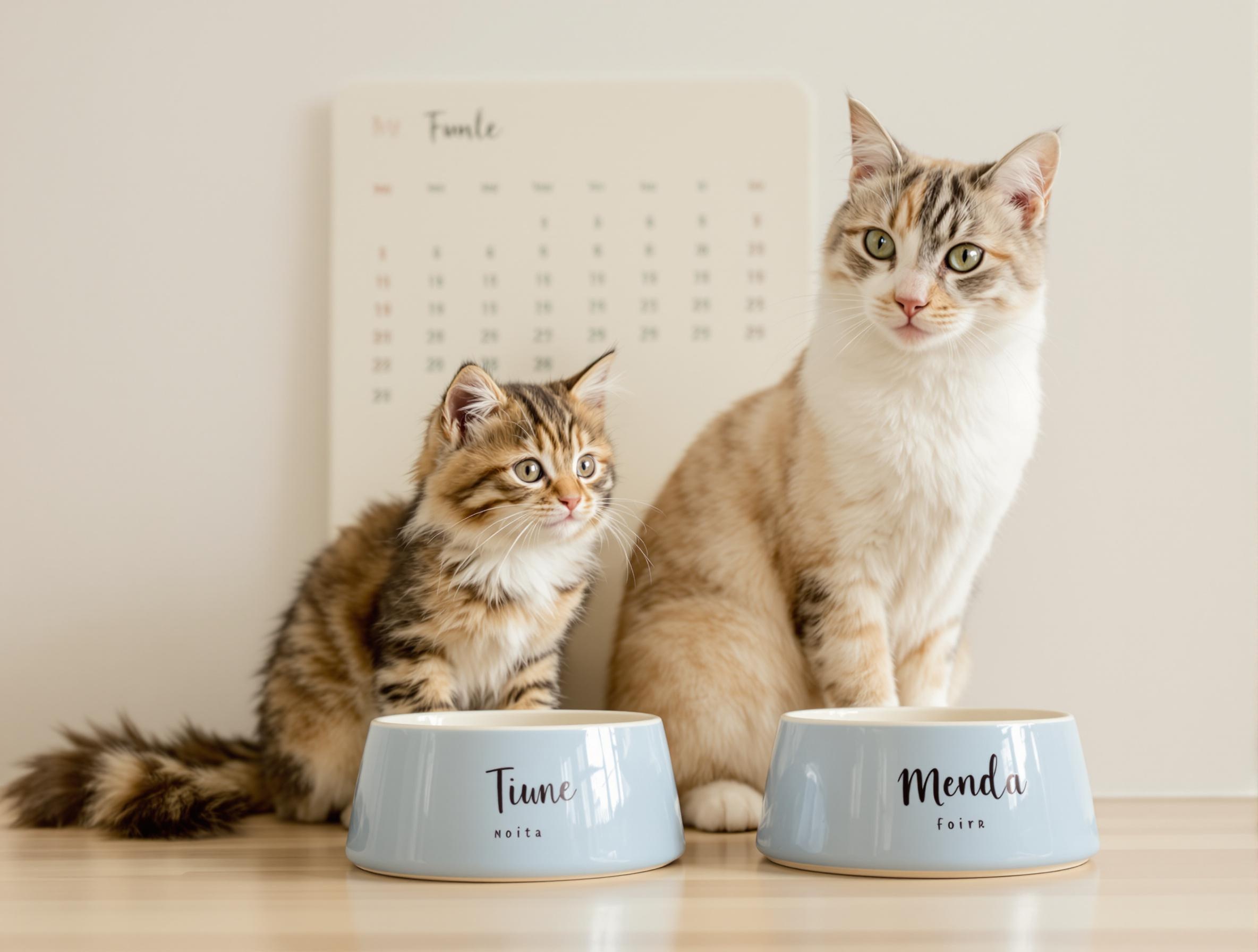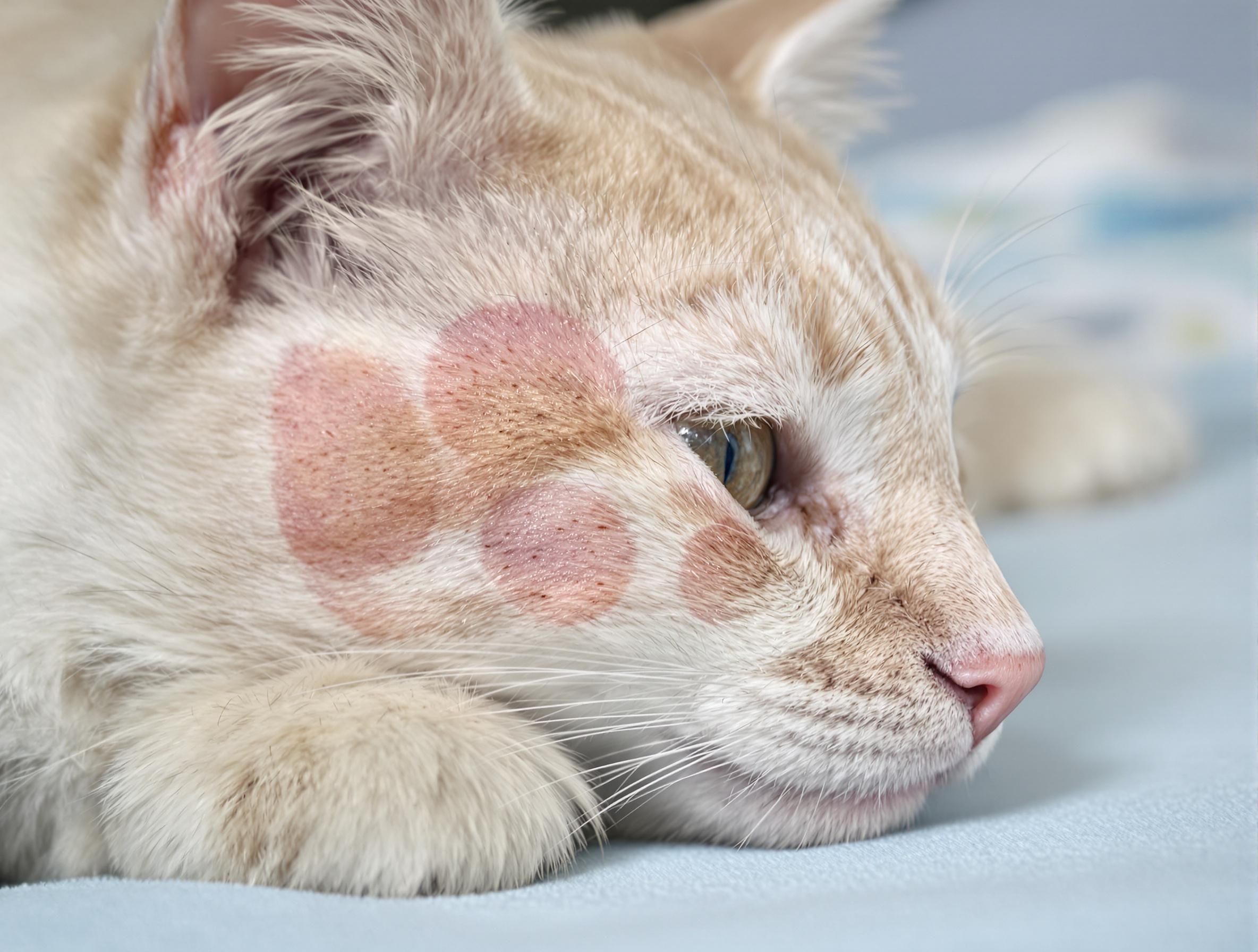Healthy Cat Treats: Choices for Happy and Fit Felines
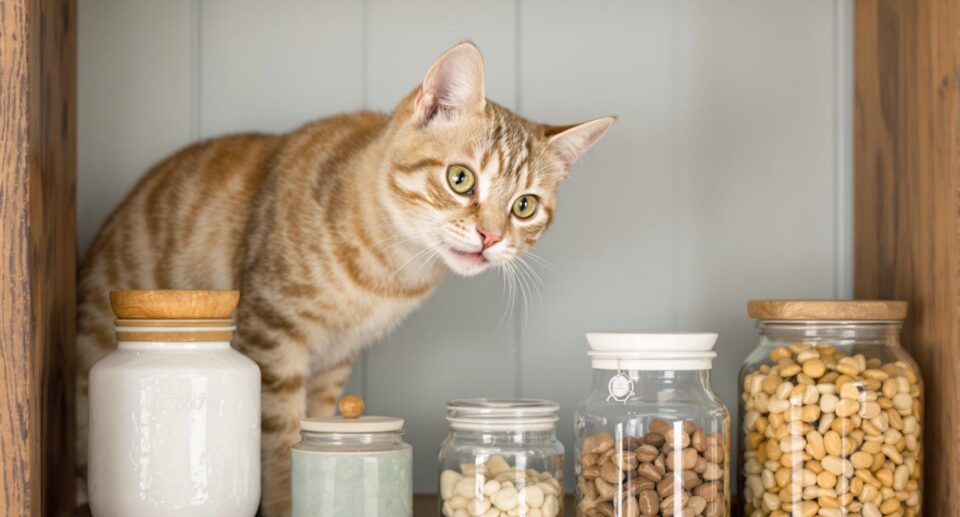
Key takeaways:
- To avoid overfeeding and weight gain, treats should make up no more than 10% of a cat’s daily calories—around 20–27 calories for a 10-pound cat.
- Treats with simple, natural ingredients and real animal protein listed first promise good nutrition.
- A veterinarian should be contacted if a cat skips meals, gains weight, or needs treats for specific health conditions.
There’s something magical about the sound of a treat bag—cats perk up, tails twitch, and they often come running with curiosity and excitement. Treats can strengthen the bond between cat and owner, offering comfort, motivation, or a little extra fun in the day. But behind every satisfying crunch or lickable reward is a choice that impacts a cat’s health. From ingredient quality to calorie count, picking the right treat goes beyond flavor—it’s about keeping your feline friend happy and thriving.
Today’s cat treats do more than just taste good. Many are formulated with added benefits like probiotics, high-quality proteins, or omega-3s to support digestion, joint health, and shiny coats. With so many options—from soft chews to freeze-dried bites—it’s important to consider your cat’s age, activity level, and dietary needs. Whether you’re training a kitten or managing a senior cat’s sensitive teeth, the right treat can make a big difference. Consulting your vet ensures those tasty rewards fit into a balanced diet, especially if your cat has health concerns.
How to Find the Best Healthy Treats for Your Cat
Tasty, nutritious treats help a cat’s fitness and add to a balanced diet. With nearly 60% of cats facing weight challenges, picking treats that match dietary needs matters. High-quality treats boost digestion and immunity, aiding overall health.
Labels should be checked for the following:
- Real meat or fish as the first ingredient, fitting a cat’s carnivorous nature.
- Simple, clear ingredients, good for cats with sensitive stomachs or allergies.
- Veterinary Oral Health Council seal, showing tartar-reducing traits.
- Low-calorie recipes, allowing more treats within calorie limits.
New treats should start with one or two pieces to check a cat’s reaction, find preferences, and avoid digestive issues. Cats with conditions like diabetes or kidney disease need veterinary approval for treat safety. Treats with omega-3 fatty acids aid coat health, while those with glucosamine help joint function.
Treats must be kept in a cool, dry place to stay fresh, and expiration dates should be checked for quality. Switching flavors keeps a cat eager for treats, making the experience more fun. For cats with food allergies, single-ingredient treats like pure freeze-dried chicken can be a safe choice, reducing the risk of reactions.
For trusted options, explore cat treats and supplements on 1800PetMeds to find veterinarian-approved products for your cat’s health and wellness.
Navigating Different Types of Cat Treats
The range of treat textures—soft, crunchy, freeze-dried, lickable—can confuse cat owners. Each type meets specific needs based on a cat’s age, health, and tastes. PetHealthMD gives clear facts to sort out these choices, aiding smart decisions.
A list of common treat types includes:
- Soft and chewy treats – Great for older cats or those with dental issues, easy to chew and packed with protein.
- Dental health crunchers – Cut plaque and freshen breath, aiding oral hygiene.
- Freeze-dried protein treats – Pure chicken, salmon, or turkey, free of fillers, good for food sensitivities.
- Lickable treats – Tube-based, helps with hydration and medication delivery, as well as calming nervous cats.
- Training treats – Small, low-calorie, tasty, perfect for teaching behaviors.
A cat’s lifestyle also shapes treat choices. Active cats may like crunchy treats mimicking prey texture, while indoor cats need low-calorie options. Hypoallergenic or single-ingredient treats fit restricted diets, reducing allergic reactions. Treats with cranberry extract may aid urinary health, pending veterinary approval.
Pairing treats with treat-dispensing balls boosts exercise, especially for less active cats. Watching for bad reactions during new treat trials ensures safety, and veterinary advice shapes choices for a cat’s health plan. For senior cats, softer treats can ease chewing, while young cats may enjoy crunchier options for play.

Healthy Homemade Cat Treat Recipes
Homemade treats give you exact control over ingredients, keeping them free of artificial additives and sized right for cats prone to weight issues.
If you want to try making homemade treats, here are two easy recipes:
Nourishing Chicken Bites
Prep Time: 20 minutes | Difficulty: Easy | Perks: Lean Protein
- Mix 1 cup cooked, minced organic chicken with 1/4 cup oat flour.
- Add one tablespoon of water and shape pea-sized balls.
- Bake at 350°F for 15 minutes until golden.
- Cool completely before serving.
- Store in the fridge for up to 5 days.
Ocean-Fresh Tuna Crunchies
Prep Time: 15 minutes | Difficulty: Easy | Perks: Omega-3 Rich
- Drain one can of tuna in water (no salt added).
- Mix with one beaten egg and 1/2 cup whole wheat flour.
- Shape into small, flat circles.
- Bake at 350°F for 12–15 minutes until crispy.
- Store in an airtight container for up to 3 days.
Safety steps to remember when making your own cat treats:
- Consult a veterinarian before adding new ingredients.
- Keep treats to 10% of a cat’s daily calories.
- Handle raw ingredients properly to avoid bacteria.
- Consider alternative flours like coconut or protein swaps like turkey for sensitive cats.
If you’re making treats for your cat, using human-grade ingredients is a smart way to keep things safe and nutritious. You can boost the flavor—and even help with digestion—by adding cat-safe extras like catnip or pureed pumpkin. Just be sure to start small with any new treat and watch for any signs of tummy trouble, like vomiting or diarrhea. Making a big batch and freezing portions can save you time, and homemade treats are often easier on your wallet, especially if your cat needs a special diet like low-sodium.
FAQs on How Often Cats Should Receive Treats
How many treats are okay each day?
For most cats, one or two small treats a day are just right. That usually adds up to about 20–27 calories for a 10-pound cat. Of course, every cat is different, so it’s a good idea to check with your vet. They can recommend the right amount based on your cat’s weight, age, and activity level.
How can you tell if you’re giving too many treats?
If your cat starts skipping regular meals or you notice a little extra belly pudge, it might be time to cut back. When in doubt, your vet can do a body condition score check and help you adjust your treat-giving habits.
When’s the best time to give treats?
Treats work great as rewards for good behavior, like during grooming, crate training, or when your cat stays calm in stressful situations. Spreading treats throughout the day—not all at once—also helps keep calorie intake in check.
What if my cat loves treats more than real food?
If your cat starts favoring treats over meals, it could be a sign that something’s off, like dental pain or stress. A vet check can rule out health problems.
Any tips for keeping treat time healthy?
Setting a routine, like giving a treat after playtime, can help reduce begging. Break larger treats into smaller pieces to make them last longer. Pairing treats with play sessions keeps your cat active and engaged.
Prioritizing Cat Health and Wellness Through Treats
Making smart treat choices for your cat starts with understanding their unique personality and needs. Energetic cats often love the thrill of crunchy treats they can chase after, turning snack time into a playful adventure. Meanwhile, calmer cats may prefer the comforting texture of lickable treats, adding a soothing touch to their day.
No matter the type, choosing treats made with high-quality ingredients helps boost your cat’s overall nutrition. For a variety of veterinarian-approved treats, explore healthy cat treats at 1800PetMeds to support your cat’s long-term health and happiness.
At PetHealthMD, we believe that adding treats to your cat’s daily routine can be both fun and healthy. Whether it’s hiding treats inside a cardboard box for a lively scavenger hunt or using them as a reward during training sessions, treats can be a simple way to keep your cat active, happy, and thriving.


